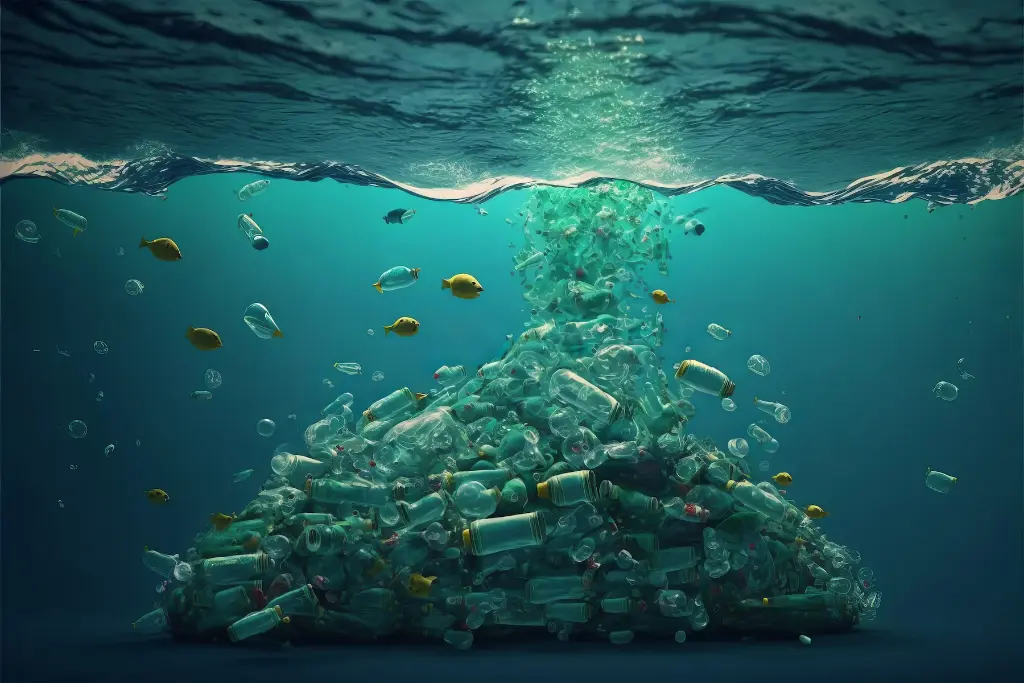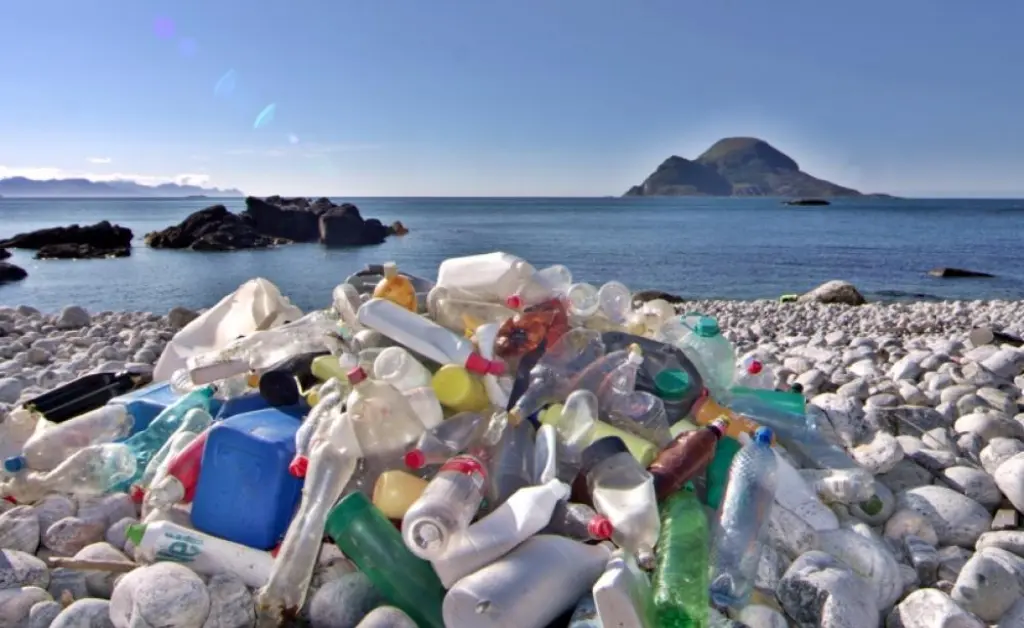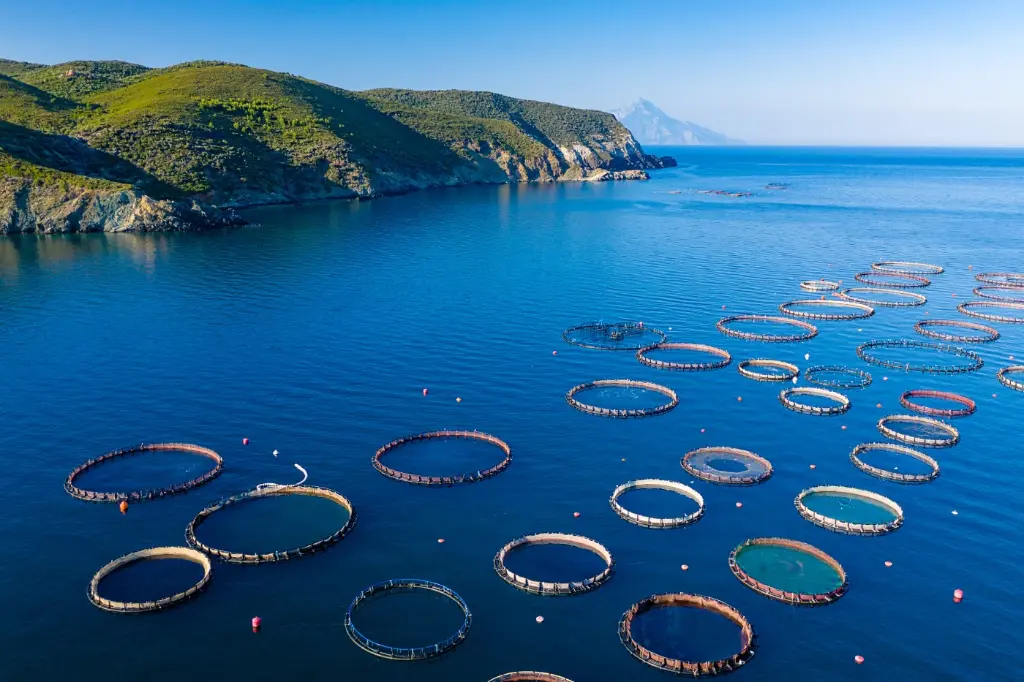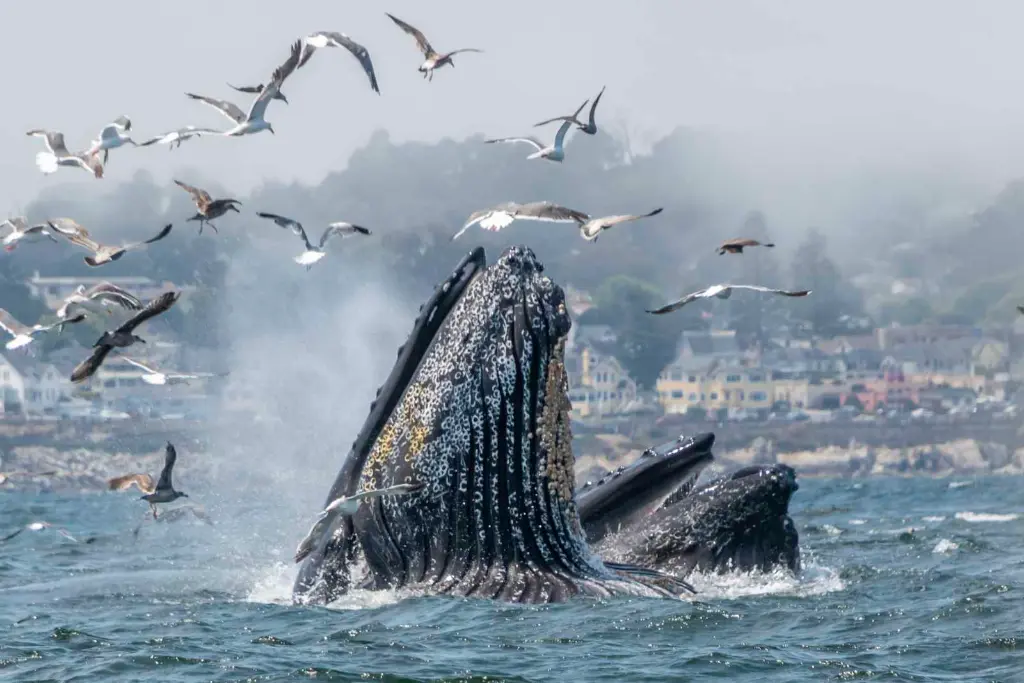Imagine a world darker than any night you’ve ever known, a place where the pressure is immense, and the temperature hovers just above freezing.
This is the realm of the deep sea, specifically the zone around 13,000 feet (approximately 4,000 meters) underwater. What kind of creatures can survive in such an extreme environment? This article will dive into the fascinating and often bizarre life that calls this depth home. We’ll explore the challenges of this environment and the amazing adaptations that allow life to thrive where sunlight cannot penetrate.
Understanding the Abyssal Zone
Before we explore the inhabitants, let’s define the environment. The zone around 13,000 feet falls within the abyssal zone, also known as the abyssopelagic zone. This zone represents a huge portion of the ocean, covering the abyssal plains. It’s characterized by:
- Complete Darkness: No sunlight reaches these depths, making photosynthesis impossible.
- Extreme Pressure: The water pressure at 13,000 feet is about 400 times greater than at sea level. This pressure would crush a human instantly without protective gear.
- Cold Temperatures: The water temperature is consistently cold, typically between 0-4 degrees Celsius (32-39 degrees Fahrenheit).
- Scarce Food: Food is scarce because there’s no sunlight for plants to grow. Organisms rely on “marine snow” (detritus falling from above) and hydrothermal vents for sustenance.
The Challenges of Deep-Sea Life
The conditions in the abyssal zone present significant challenges to life. Overcoming these challenges requires unique and incredible adaptations. Here are some of the key hurdles deep-sea creatures must overcome:
Surviving Without Light
The absence of light necessitates alternative strategies for finding food, avoiding predators, and attracting mates. Deep-sea creatures have evolved amazing solutions, including:
- Bioluminescence: Many deep-sea animals produce their own light through a chemical reaction called bioluminescence. This light can be used for attracting prey, communication, camouflage (counterillumination), and startling predators.
- Enhanced Senses: Animals in the dark depths often have highly developed senses of touch, smell, and hearing to compensate for the lack of vision.
Withstanding Immense Pressure
The extreme pressure can damage cells and disrupt biological processes. Deep-sea organisms have adapted to this pressure in several ways:
- Lack of Air-Filled Cavities: Fish living at these depths generally lack swim bladders (air-filled sacs that help fish control buoyancy) because they would be crushed by the pressure.
- Unique Biochemistry: Their cells contain special enzymes and proteins that function properly under high pressure. They also have high concentrations of piezolytes, molecules that stabilize proteins under pressure.
- Flexible Bodies: Many deep-sea creatures have soft, gelatinous bodies that are more resistant to pressure than rigid skeletons.
Finding Food in a Barren Environment
With no sunlight, food is a precious commodity in the deep sea. Organisms have developed different feeding strategies to survive:
- Detritivores: Many creatures feed on marine snow, the organic matter that drifts down from the surface. These detritivores play a crucial role in recycling nutrients in the deep sea.
- Predators: Some animals are active predators, relying on bioluminescence or enhanced senses to find their prey. They often have large mouths and expandable stomachs to consume whatever they can find.
- Scavengers: Scavengers feed on the carcasses of animals that sink to the seafloor.
- Symbiotic Relationships: Some creatures form symbiotic relationships with bacteria that can produce energy through chemosynthesis (using chemicals instead of sunlight). This is particularly common around hydrothermal vents.
Inhabitants of the Deep: Creatures at 13,000 Feet
Now, let’s explore some of the fascinating creatures that have successfully adapted to life at 13,000 feet:
Anglerfish
Perhaps one of the most iconic deep-sea creatures, the anglerfish is a fearsome predator. They use a bioluminescent lure to attract unsuspecting prey. Anglerfish display a fascinating reproductive strategy called sexual parasitism, where the much smaller male fuses himself permanently to the female, living off her and providing sperm when needed.
Gulper Eel
The gulper eel is known for its enormous mouth, which it uses to engulf prey much larger than itself. They have weak skeletons and flabby muscles, allowing them to expand their bodies to accommodate large meals. They are also capable of bioluminescence.
Vampire Squid
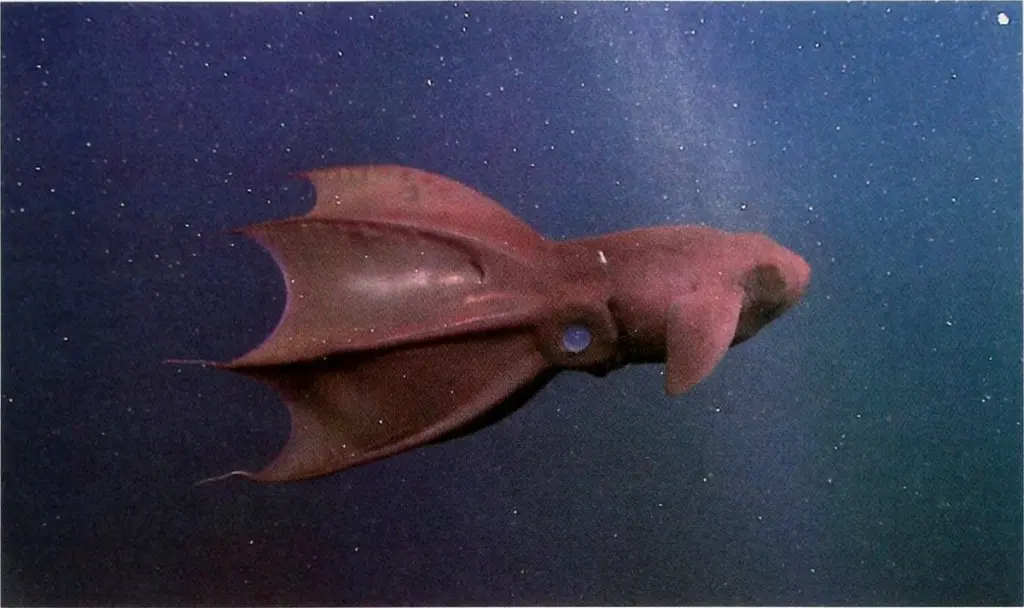
Despite its name, the vampire squid is not actually a squid, nor does it feed on blood. It’s a unique cephalopod that lives in the deepest parts of the ocean. It possesses several adaptations for survival, including large eyes for detecting faint light and the ability to eject a cloud of bioluminescent mucus to confuse predators. Its scientific name, Vampyroteuthis infernalis, means “vampire squid from hell,” reflecting its dark appearance and deep-sea habitat.
Tripod Fish
The tripod fish is a unique bottom-dwelling fish that uses its elongated pelvic and caudal fins to “stand” on the seafloor. This allows it to conserve energy and detect approaching prey. They face into the current with their modified fins acting like stilts, feeling for vibrations of passing organisms. They also have very small eyes, since sight is less important in their environment.
Sea Cucumbers (Holothurians)
Sea cucumbers are abundant on the abyssal plains, playing a critical role in nutrient cycling. They are deposit feeders, consuming organic matter from the seafloor. They come in a variety of shapes and sizes, some with unusual adaptations like swimming ability or the ability to eject their internal organs as a defense mechanism.
Giant Isopods
These are some of the largest members of the isopod family. The giant isopod is a scavenger that feeds on dead animals on the seafloor. They can grow to be quite large, reaching lengths of over 1 foot. They can survive long periods without food, sometimes going years between meals.
Hydrothermal Vent Communities
While not specific creatures, the hydrothermal vent communities are a significant part of the deep-sea ecosystem at this depth. These vents release chemicals from the Earth’s interior, providing energy for chemosynthetic bacteria. These bacteria form the base of a food web that supports a variety of unique organisms, including tubeworms, clams, and shrimp.
The Importance of Deep-Sea Research
Studying the deep sea is crucial for several reasons:
- Understanding Biodiversity: The deep sea is one of the least explored environments on Earth, and scientists are still discovering new species. Understanding the biodiversity of the deep sea is essential for conservation efforts.
- Climate Change Research: The deep ocean plays a significant role in regulating the Earth’s climate. Studying the deep sea can help us understand how climate change is affecting the ocean and how the ocean can mitigate climate change.
- Potential for New Discoveries: The deep sea may hold valuable resources, such as minerals and novel compounds with pharmaceutical applications. However, it is important to proceed with caution and consider the environmental impacts of deep-sea mining and exploration.
Challenges of Deep-Sea Exploration
Exploring the deep sea is a challenging and expensive undertaking. Researchers use a variety of tools and techniques, including:
- Submersibles: Manned submersibles like the Alvin allow scientists to directly observe and collect samples from the deep seafloor.
- Remotely Operated Vehicles (ROVs): ROVs are unmanned vehicles controlled remotely from the surface. They are equipped with cameras, sensors, and robotic arms for exploring and collecting samples.
- Autonomous Underwater Vehicles (AUVs): AUVs are programmed to navigate and collect data independently. They can be used to map the seafloor and collect environmental data over large areas.
- Deep-Sea Cameras and Sensors: Specialized cameras and sensors are deployed to the deep sea to monitor environmental conditions and observe animal behavior.
Conclusion
The world at 13,000 feet underwater is a harsh and mysterious realm, yet it teems with life. From the anglerfish with its bioluminescent lure to the giant isopods scavenging on the seafloor, the creatures that inhabit these depths have evolved extraordinary adaptations to survive. As we continue to explore and study the deep sea, we are constantly amazed by the diversity and resilience of life on Earth.
Continued research is vital to understanding this fragile ecosystem and ensuring its protection for future generations. The deep sea remains one of the last great frontiers of exploration, holding secrets that could unlock new insights into the origins of life, the functioning of our planet, and the potential for future discoveries.

